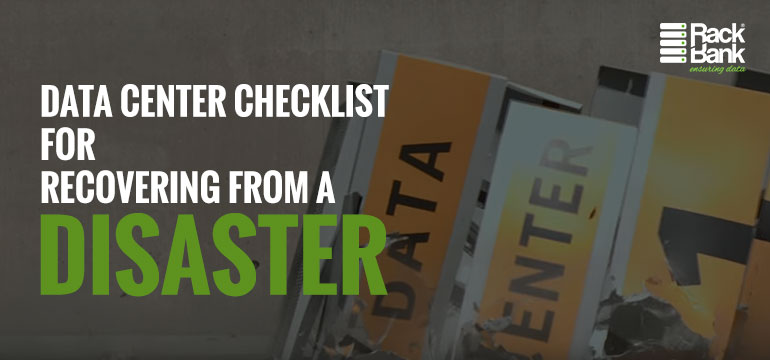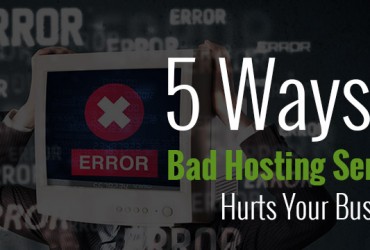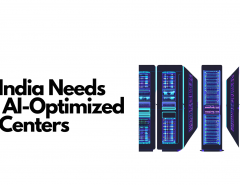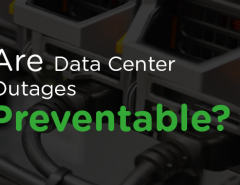Disasters are unexpected calamities that may be man-made or natural and can be a motive for a lack of many things. One such important thing that may be demolished by flood, fire etc is data center. Maintaining this in thoughts, steps have to be taken ahead to be organized for such unexpected calamities. on this blog, we’ll recognize approximately the checklist to make moves within the effect of a disaster.
So, here it’s far which includes steps to be taken earlier than, in the course of and after the disaster:
BEFORE THE DISASTER-:
- A backup must be made on every day and each day foundation
- It ought to be checked whether it consists of redundant onsite and offsite backup storage
- The backup machine need to be tested which must also include a complete recuperation in case of a total all system failure
- It should be checked beforehand whether or not a gadget may be restored to a completely one of a kind set of hardware. This has to be performed if the neighborhood hardware has been destroyed or is totally unreachable
- There ought to be secure and copy copies of crucial data like password, username, and software licensing statistics. The copies have to be in many places which have to include a protected offsite place.
- The hardware (like servers, disk drives, servers, & network components) have to be hot convertible
- Your disaster recovery plan should be scalable and supple to respond to a variety of situations
DURING THE DISASTER-:
Depending on the time you have after evacuation, one of the following four types of backup can be done which will help you restore much faster when things settle down.
- The quickest kind of backup is the one which includes the backup of the most important files.
- The second of backup that can be done is a differential backup. Such backup creates a backup of all new and recently modified files while on the other hand a backup copy of old files is kept
- The third kind of backup is an incremental backup which only creates a backup of newly created files and newly modified files
- The last kind of backup is the one that includes a complete backup of all files, system, configuration, security setting etc.
AFTER THE DISASTER:
After the disaster, there is a lot of chaos all around for a long time. So here are a few points to guide you:
- Before you switch to power or any other alternate source, make sure that the operations and the equipment are in order.
- Make sure that another infrastructure is in order which includes HVAC systems, utilities, communications, fire alarms, fire extinguishers, etc.
- Everyone should have a recovery plan and should understand what to do.
- The damages should be estimated. What needs repair or what needs replacement should be noted.
- There might be chances that the present location is not adequate anymore. In such cases, an alternate location should be present with proper power source and equipment
- Once the fully functional equipment is in place, the restoration process should begin and since it has already been tested, it shouldn’t be hard
Nothing can be covered 100%, but prevention is always better than cure
The process should be done in a methodical way and you shouldn’t rush into it to avoid further problems. After the process is completed thoroughly, check that everything is where it should be. I hope this will help you in times of disaster, though I hope none comes. But in case something does happen, I hope this is will help in recovering datacenter from a disaster.





